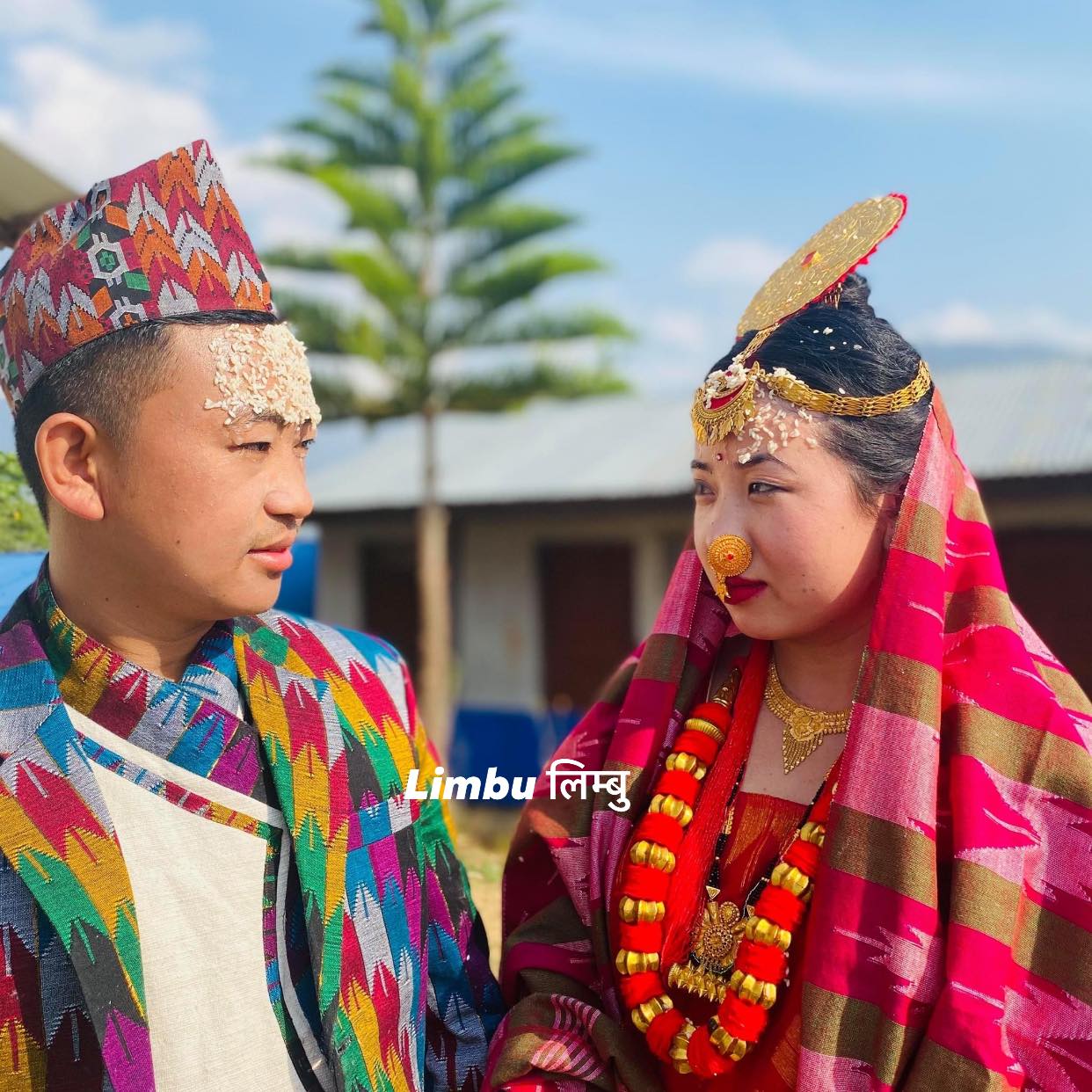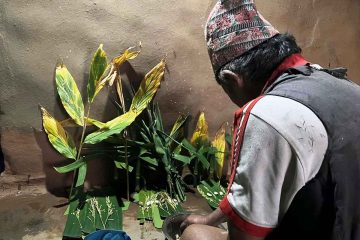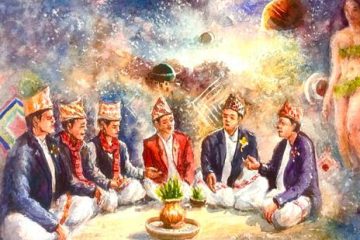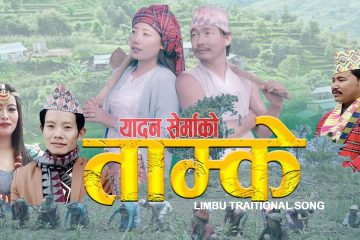The Limbu Wedding Ceremony in Nepal stands as a profound testament to the rich cultural tapestry meticulously woven by the vibrant Limbu community. This ceremony transcends mere celebrations, offering a captivating glimpse into the intricate network of age-old traditions and customs deeply embedded within Limbu culture, a heritage lovingly preserved and meticulously passed down through generations. Central to the essence of Limbu weddings is the fundamental principle of endogamy, a practice that serves as a cornerstone of their societal fabric whereby individuals predominantly seek life partners from within their closely-knit community. This emphasis on marrying within the community not only nurtures a profound sense of unity and solidarity among Limbu people but also reinforces the significance placed on preserving the unique lineage and traditions that define their cultural identity. Noteworthy is the notable restriction on cross-cousin marriages, a poignant reflection of the staunch commitment to upholding the sanctity of the community’s heritage and lineage.
Yet, within the broad framework of these customs lies a fascinating complexity that underscores the nuanced flexibility embedded within Limbu traditions. An intriguing example is the acceptance of a man marrying the widow of his elder brother, provided that both parties consent willingly, showcasing the delicate balance between tradition and adaptability that characterizes Limbu culture. Additionally, while endogamous unions are preferred, marriages beyond the clan boundaries are not uncommon, arranged by families or initiated through mutual agreement between the prospective partners, vividly illustrating the dynamic evolution and fluidity inherent in Limbu marital customs.
Delving deeper into the historical origins of Limbu wedding customs sheds light on the revered Thibong Yakthungs, an ancient council comprised of Ten Chieftains of Limbuwan from whom the timeless practices emanate, shaping and influencing Limbu matrimonial traditions to this day. The involvement of parents in the marriage process remains a customary practice, emblematic of the deep reverence for familial ties and the shared journey embarked upon by the couple. While parental oversight is prevalent, there are poignant instances where love triumphs, as couples choose to elope and unite in matrimony, infusing spontaneity and romance amidst the carefully orchestrated ceremonies.
A pivotal ritual that underscores the sanctity of union is the ceremonial gesture of seeking the woman’s hand in marriage, symbolizing not only respect for tradition but also the groom’s unwavering commitment to providing for his bride. This time-honored ritual often involves the exchange of symbolic gifts such as gold, silver, and other precious tokens, signifying the groom’s devoted pledge to ensure the well-being and happiness of his future spouse, offering reassurance to her family and forging a foundation of mutual respect and admiration.
As the wedding festivities unfold, a cherished tradition is observed as the groom’s family pays a visit to the bride’s home, bearing offerings that signify not just material wealth but also the groom’s capacity to support his newly formed family. The selection of gifts, ranging from piglets to diverse beverages, reflects the economic status of the groom’s family and serves as a tangible testament to their commitment to nurturing and providing for the newlywed couple as they embark on their shared journey through life.
While the wedding celebrations primarily occur at the groom’s abode due to the bride’s transition to her husband’s residence, both partners engage in special dances known as “Yalakma” and “Kelangma,” infusing the jubilant festivities with their captivating elegance and rhythmic movements. The Yalakma dance, characterized by its enchanting circular motion, encapsulates the essence of marital beauty and harmony, while the Kelangma dance showcases intricate footwork synchronized with the melodic cadence of traditional drums, imbuing the celebration with a palpable sense of joy and exuberance.
These dances, open to all who wish to participate, serve as a poignant ode to the enduring love and cultural heritage cherished by the Limbu community, splendidly brought to life through soul-stirring performances. Whether enlivening bountiful harvest seasons or joyous communal gatherings, the Yalakma and Kelangma dances serve as poignant reminders of the deep-rooted traditions and unbreakable bonds that embody the essence of Limbu wedding ceremonies, transcending boundaries of time and space to celebrate the enduring legacy of love, unity, and the vibrant culture that defines the Limbu community.




